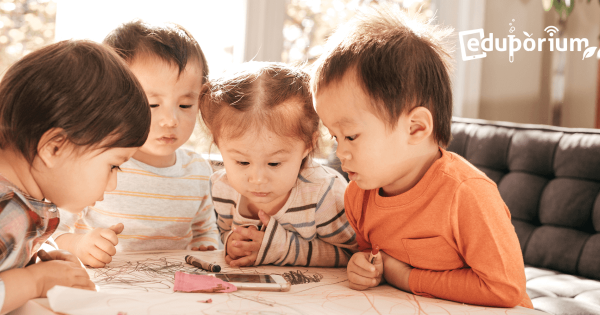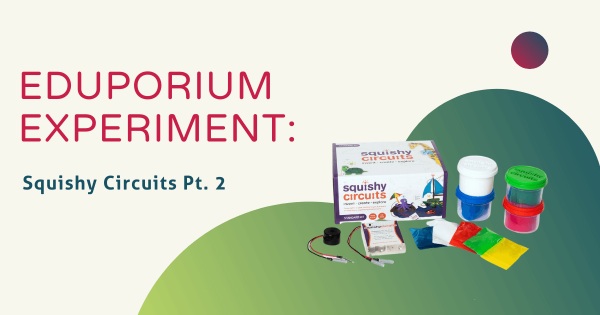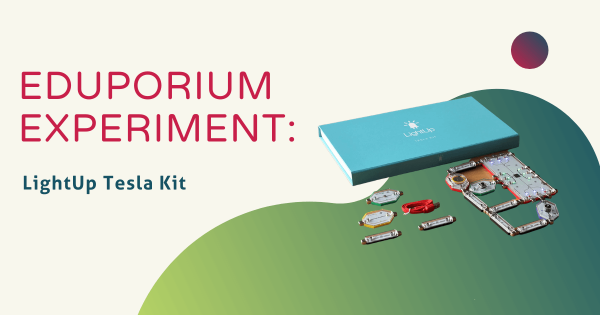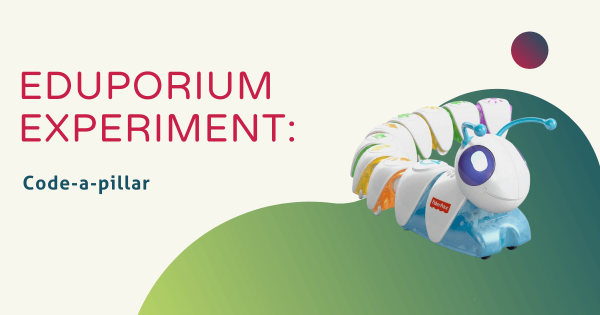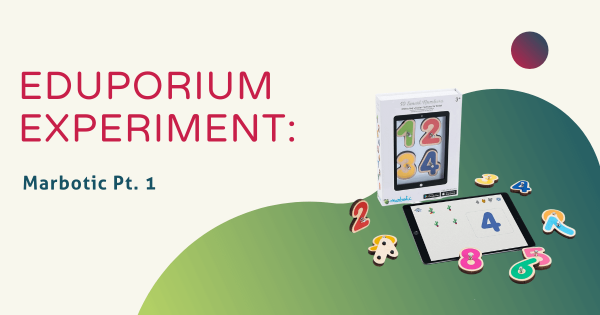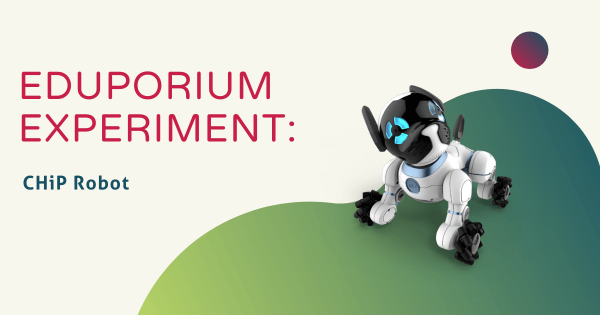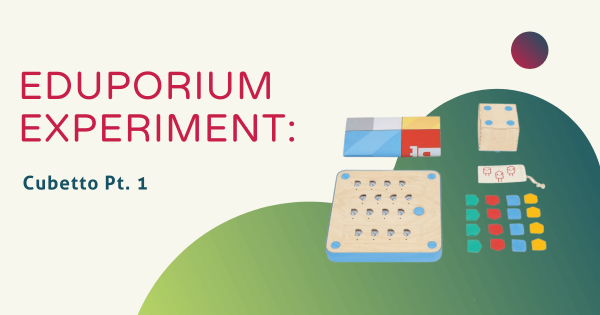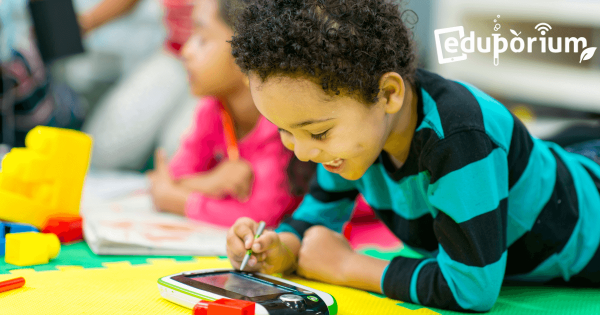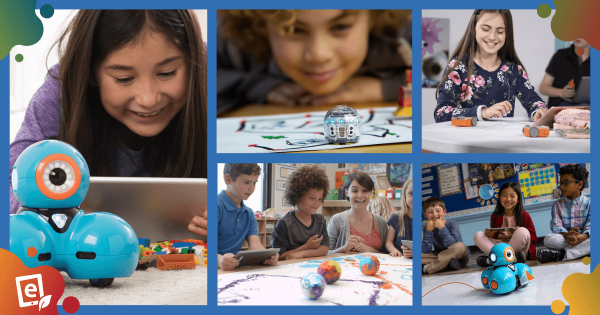If you’re looking to incorporate hands-on play and inspire innovative thinking at an early age, you’re going to love Puzzlets! Puzzlets are a Bluetooth-enabled accessory for tablets or phones that kids can use to play games that teach things like coding, art, and math. It is designed for kids in K-2, helping them explore logic, cause and effect, and more.
Early Education
Integrating STEM experiences in early education is a truly pivotal step in preparing young kids for future challenges. STEM in the early years transcends individual subjects and helps create a holistic approach to problem solving and critical thinking. Incorporating hands-on STEM learning in early childhood classrooms sparks curiosity and engages children in the wonders of the natural world. Through these age-appropriate experiments, interactive games, or creative projects, kids can develop a foundation in scientific inquiry and mathematical reasoning. Early exposure to technology and engineering concepts enhances their digital literacy and problem-solving skills, setting the stage for future technological advancements. By nurturing their curiosity and critical thinking skills from an early age, STEM in early education paves the way for a generation of adaptable and innovative thinkers.
Early STEM learning also helps students foster collaboration and teamwork skills by working together to explore, experiment, and find solutions. These collaborative experiences help them build social skills and a collaborative mindset that's increasingly important in the professional world. STEM activities also promote creativity by encouraging children to think outside the box. Designing or building structures, experimenting with basic coding, or exploring physics principles all help kids learn to innovate and imagine. Also, STEAM in early education provides a solid foundation for lifelong learning. It instills a love for discovery and problem solving, ensuring that students enter higher education and the workforce equipped with key skills needed to navigate an ever-evolving, technology-driven world. Find our insights on STEM in EarlyEd below, including suggestions for tech tools.
-
Teaching Toddlers To Code With The Code-A-Pillar
The Code–a–pillar is a robotic tool for introducing kids as young as three to coding. Its replaceable sections—just like the ones on a real caterpillar—represent different actions and kids customize them and control the robot’s movements! No other early education STEM tool provides a better balance of programming and play than the Code–a–pillar. -
Eduporium Experiment | Squishy Circuits Pt. 2
These cool kits are designed for play-based learning! By building a number of experiments, students can learn various circuitry basics and experiment with conductive and insulating dough, LEDs, and other accessories. Using the Squishy Circuits kits, they’re also able to get hands-on while they learn about conductivity, simple circuits, series, and parallel circuits. -
Eduporium Experiment | LightUp Tesla Kit
At Eduporium, we very much appreciate EdTech that is engaging, enables creativity, and allows students to build Future Ready skills. Perhaps above those three characteristics, we value and promote tech tools that are progressive. That’s exactly the case with the focus of this week’s Eduporium Experiment, the LightUp Tesla Kit. -
Eduporium Experiment | Code-a-pillar
Technology can enable the littlest learners to get a feel for what it’s like to work with their hands and engage in authentic problem solving. Sometimes, we’re even comfortable recommending technology that’s suitable for children who haven’t even entered kindergarten yet. You guessed it—the Code-a-pillar is one of those technologies. -
Eduporium Experiment | Marbotic Pt. 1
For this week’s experiment, we’re going to be taking a look at the newest of the brand new EdTech tools we have in our store. Developed and manufactured in France, Marbotic is an interactive way for early learners to get familiar with numbers, letters, and technology. They’ve created three different kits and we got them in our office just in -
Eduporium Experiment | CHiP Robot
We’ve come a long way from the days of the first robot toys for kids, and now we are able to use incredible technology to simulate behaviors very close to the ones displayed by our actual furry friends. You may have guessed—based on that introduction—that we have recently come across an EdTech tool that fulfills this fantasy. -
Eduporium Experiment | Cubetto Pt. 1
Some educators prefer to stay away from screens altogether. With that being the case, how can we make sure students are still getting the 21st century education that they need to succeed? Luckily, early childhood education companies, like Primo Toys, are aware of this issue, and they care very much about making this type of critical education accessible. -
Who Says EdTech Tools Don't Belong in Kindergarten?
While teachers and parents may not notice the benefits clearly for another couple of years, using technology to enhance learning for kindergarteners is actually a pretty wise decision. Adding a new wrinkle to early education can help promote inquiry in students, provide opportunities for beneficial collaboration, and help them start to develop both STEM and soft skills. -
9 Techy Toys that Boost Skills in K-2 Kids at Home
Many kids these days are happy holding a smartphone in their hands and using their thumbs to navigate a number of screens while opening dozens of apps they may or may not even understand. It’s also become clear that kids love technology. Here are some of the best ways to combine child-friendly play with beneficial technology to get kids excited.





